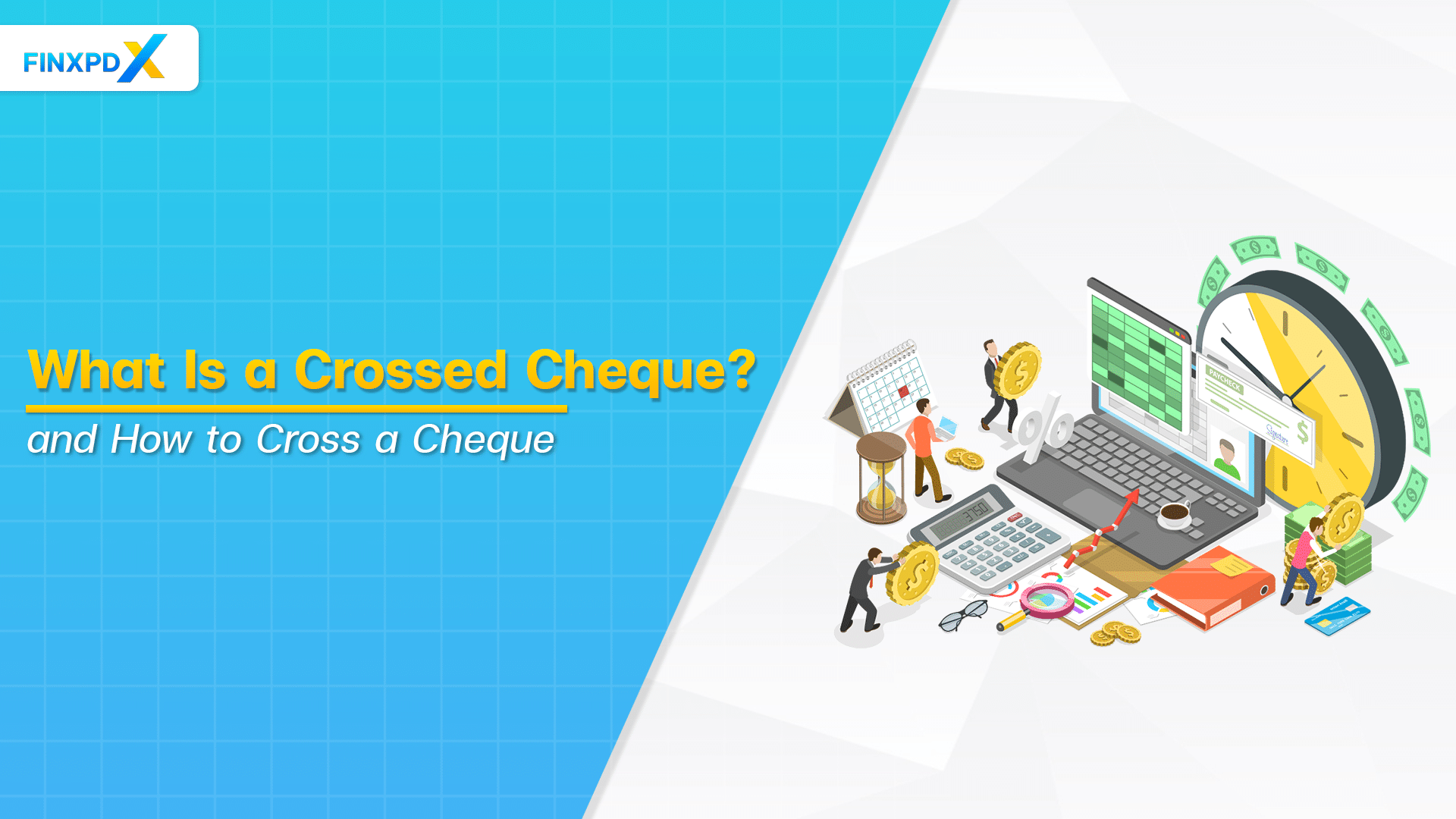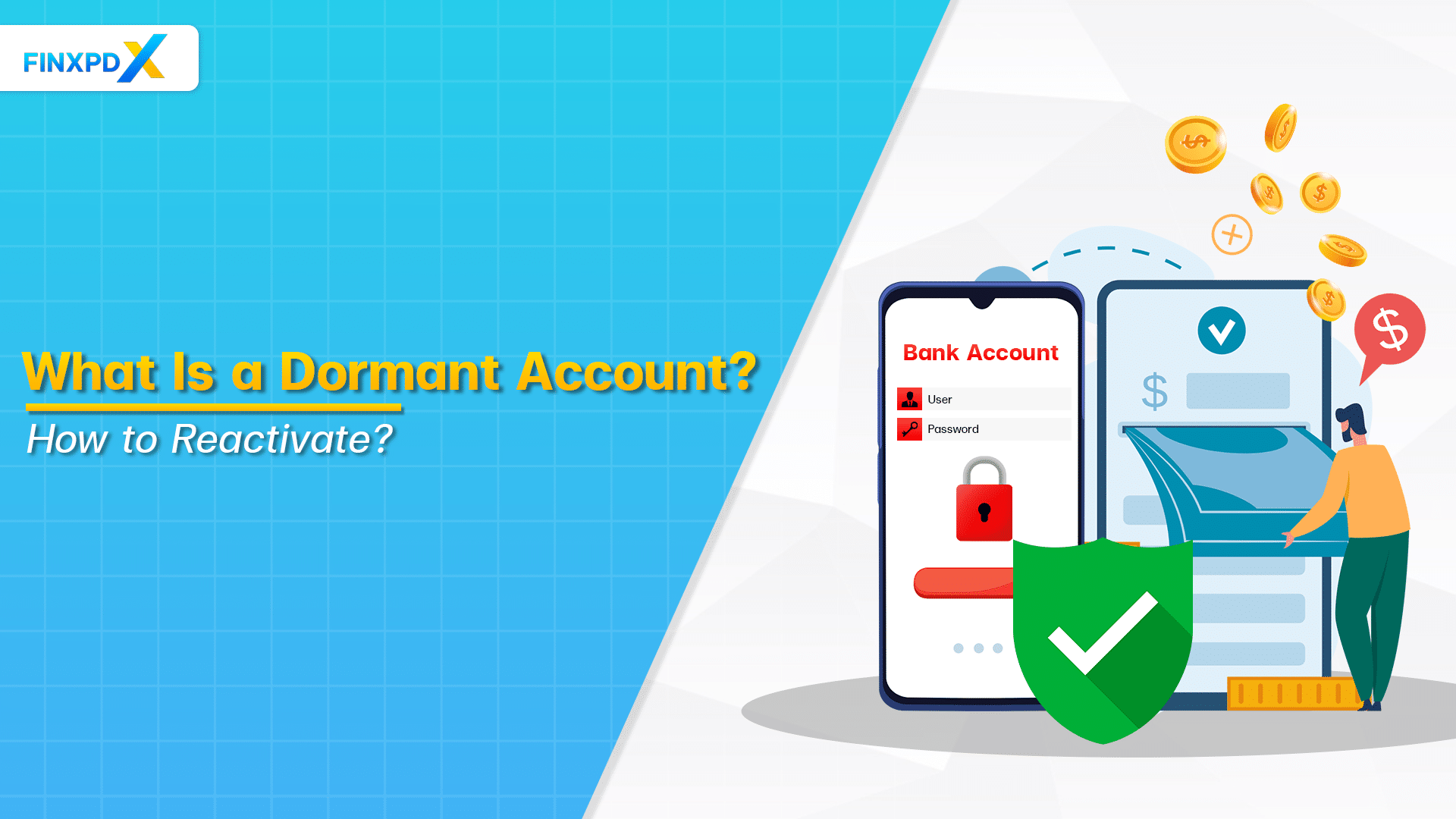In the financial world, the way we handle transactions is pivotal to maintaining security and efficiency. Among the various instruments used for payments and settlements, cheques play a crucial role. One particular type that stands out for its added security features is the crossed cheque.
This article delves into crossed cheque meaning, their significance in banking transactions, types of crossing cheque, the method to cross a cheque correctly, and the advantages and disadvantages they present.
What Is a Crossed Cheque?
A crossed cheque is a specific type of cheque that has two distinct parallel lines, usually drawn on the top left corner or across the entire cheque, with or without additional terms such as “account payee only” or “not negotiable”. These lines clearly instruct the bank not to cash the cheque directly at the counter, but to deposit it into the payee’s bank account.
This crossing on the cheque is a security measure, ensuring that the cheque is traceable to the account it is deposited into, thereby reducing the risk of fraud or theft.
Key Takeaways
- A crossed cheque is marked with two parallel lines, indicating it must be deposited into a bank account, enhancing security and traceability.
- There are two types of crossed cheques: general crossing, which allows deposit into any bank account, and special crossing, which specifies a particular bank.
- The main advantage of crossed cheques is the added security by necessitating bank account deposit, reducing the risk of theft or fraud.
- Crossed cheques support transaction traceability, providing a clear record for personal or business financial tracking.
Importance of a Crossed Cheque
The importance of a crossed cheque in the banking sector cannot be overstated. They serve as a critical tool for ensuring that transactions are not only secure but also well-documented. Crossed cheques require deposit into a bank account, minimizing fraud risk. This is because the recipient must have a bank account, which is traceable and subject to banking regulations and scrutiny.
2 Types of Crossed Cheque
Understanding the types of cheque crossing is crucial for both issuers and recipients, as each type dictates the way banks can process them. There are two main types as follows:
1. General Crossing
Two parallel lines on the cheque, with or without the words ‘and company’ or their abbreviation, indicate this. It doesn’t limit the cheque to a specific bank, allowing deposit into any bank account.
2. Special Crossing
This happens when the cheque specifies a particular bank, including its name between the two parallel lines. This adds an extra security layer, as one can only deposit the cheque into an account at the named bank.
How to Cross a Cheque
Crossing a cheque is a straightforward process that involves drawing two parallel lines on the front. To ensure the security, follow these steps to correctly cross it:
Step 1: Drawing the Lines
Start by drawing two parallel lines on the front of the cheque. These lines are typically drawn vertically across the top left-hand corner or horizontally across the whole cheque.
Step 2: Adding Restrictions
Add specific wording to impose further restrictions between the two lines. For example, if you write “account payee only”‘ between the lines, it means that someone can only deposit the cheque into the account of the person named on the cheque.
Step 3: Finalizing the Crossing
Review the crossing to ensure it is clear and visible. If you are including a bank name for a special crossing, write the name of the bank clearly between the lines.
Pros and Cons of a Crossed Cheque
A crossed cheque is a key element in secure financial transactions. However, it has both benefits and drawbacks that are important to consider.
Pros
1. Increased Security
To use crossed cheques, you have to go through a bank account. This extra step makes it harder for thieves to steal your money or for someone to use the cheque fraudulently because it leaves a clear record of where the money goes.
2. Traceability of Transactions
Every time a cheque is deposited or cleared, the bank records it. This is really helpful for keeping track of your money, whether it’s for your own budget or for business accounting purposes.
3. Encouragement of Banking Habits
It can encourage people to use banks more often. Keeping money in a bank account is generally safer than holding onto a lot of cash, and it can help people get familiar with managing their money via a bank.
Cons
1. Inconvenience
The inability to cash them immediately can be problematic when you need fund quickly. When you receive the cheque, it is not possible to immediately withdraw cash against it. You have to deposit it into a bank account first. This could be a problem if you need the money fast.
2. Banking Fees
Depositing a cheque may result in additional charges from the bank. Some banks charge you a fee to deposit a cheque. Therefore, you may find yourself obligated to pay additional charges to access the funds represented by the cheque.
3. Clearance Time
Funds from the cheque typically take time to clear, causing potential delays. The bank needs a few days to make sure the cheque is good and that the funds are available. This means you have to wait before you can use that money, which can be a hassle if you’re in a hurry.
Conclusion
The concept of a crossed cheque is integral to the fabric of secure financial transactions. By requiring that a cheque be deposited directly into a banking account, crossed cheques act as a bulwark against fraud, ensuring that the flow of money is both traceable and secure. They represent a commitment to upholding rigorous security standards in financial dealings and play a pivotal role in maintaining the trustworthiness of the banking system.
However, the physical nature of cheques as a payment method brings certain inherent limitations. The need for physical handling, the time taken for clearance, and the potential for human error in processing are factors that warrant consideration. However, in situations where the robustness of a paper trail is paramount, the crossed cheque’s relevance becomes undeniable.
FAQs
A crossed cheque bears two parallel lines, sometimes with additional instructions. These marks indicate that someone must deposit the cheque directly into a bank account, rather than cashing it out immediately.
To cash it, you must deposit it into your bank account. The funds become available after the bank clears the cheque, which may take several business days.
If you lose it, the risk is lower than losing a regular cheque, as it’s not easy to cash. However, you should report the loss to the bank immediately to place a stop on the cheque and to monitor for any fraudulent activity.
The key difference lies in the handling of the cheque. A crossed cheque must be deposited into an account, while an uncrossed cheque can be directly cashed at the bank.
It is safer because it requires a deposit into a bank account. This requirement ensures a clear transaction trail, crucial for security and auditing purposes.
Related Articles:
- What Is a Debit Note: Understanding Its Functionality
- What Is Bank Account Closing Letter & How to Write One?
Read more: Banking








